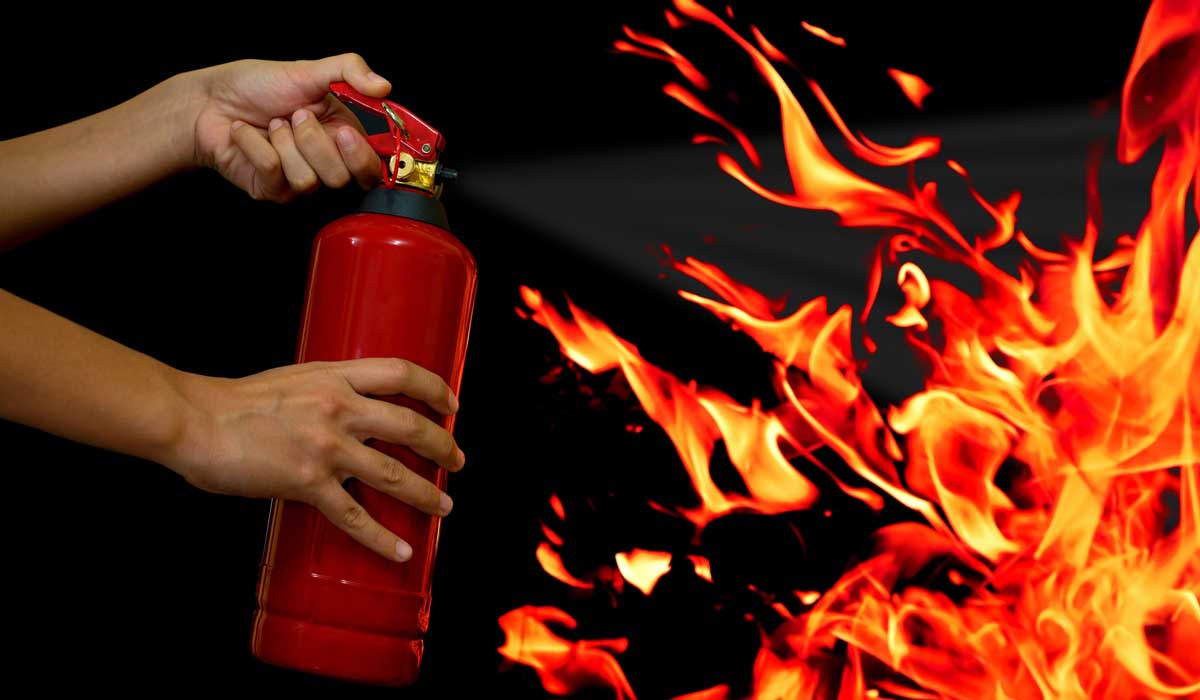Safety is key when using a home fire extinguisher
Friday, April 21, 2017

Homeowners are pretty savvy when it comes to keeping their home safe. They lock their doors and windows and store harmful chemicals out of reach. They also change the batteries in their smoke detectors and carbon monoxide alarms on a regular basis.
Safety is always on the mind of a homeowner. That is why it is important to have an essential safety tool in your home – a fire extinguisher.
Fire extinguishers are a critical component of saving property and lives, said Gina Peek, Oklahoma State University Cooperative Extension housing and consumer specialist.
“In the event of a small fire in your home, a fire extinguisher can make the difference of saving your home or the home sustaining a lot of damage,” Peek said. “Call 911. Then, following the call, use your fire extinguisher. If you can’t put out the fire immediately, evacuate the home.”
Most hardware and discount stores sell fire extinguishers. They are categorized using an A, B, C or D letter rating system. A good choice for the home is a multi-purpose dry chemical extinguisher which combines one or more classes of extinguishers. Class A is for ordinary combustibles such as paper and wood; Class B is used for grease, gasoline, oil and oil-based paints; Class C is used for electrical fires; and Class D is for flammable metals.
Fire extinguishers are useful only if they can be found and used properly while the fire is still small. Store the extinguisher in a highly visible area. It will not do a homeowner any good if the extinguisher is up on a high shelf or tucked behind items in a cabinet.
“The majority of home fires begin in the kitchen. It’s a good ideas to keep an extinguisher close and handy,” she said.
In the event of a fire, the first priority is to get everyone out of the house. When using a fire extinguisher on a small fire, remember the acronym PASS. This stands for pull the pin, aim at the base of the fire, squeeze the handle and sweep back and forth.
“When you purchase your fire extinguisher, take the time to examine it and learn how to operate it at that time,” Peek said. “You don’t want to lose valuable time trying to read the directions when you have a small fire in your home.”
In the event of a small fire, keep in mind the fire can continue to smolder even if you think it is out. Call the fire department to inspect your house after you have put out a fire.
Be sure to check your extinguisher every month to make sure the pressure gauge shows a full charge. Nonrechargeable units are good for about 12 years. Rechargeable ones should be serviced after six years.
“Keep in mind fires can spread quickly, so always give yourself an escape route,” she said. “If you have any doubt in your ability to get the fire under control, leave your house immediately and call the fire department.”
